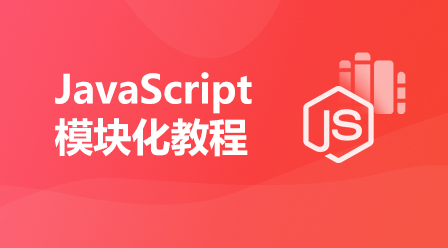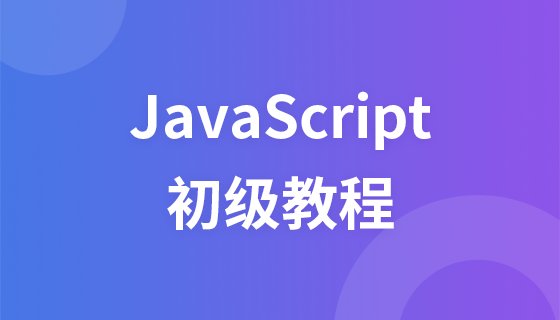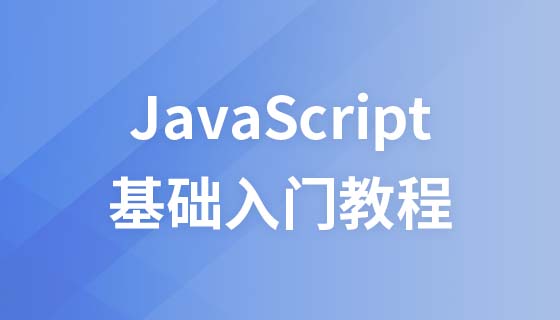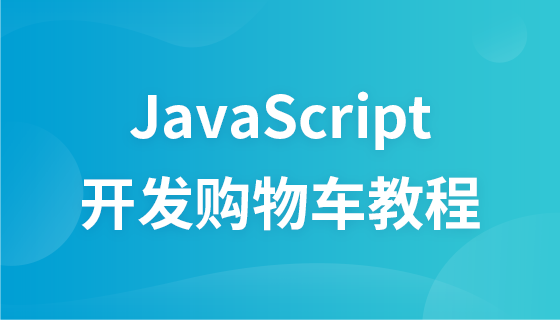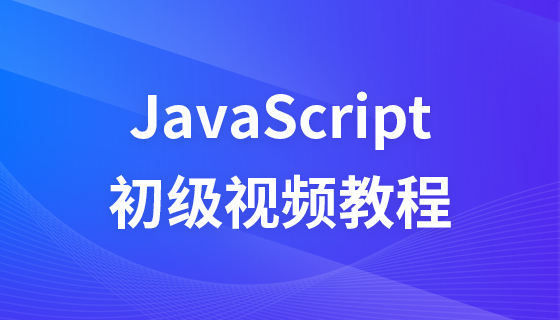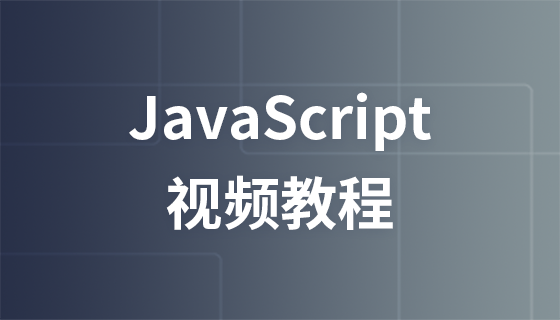JavaScript 计时事件
JavaScript 计时事件
通过使用 JavaScript,我们有能力做到在一个设定的时间间隔之后来执行代码,而不是在函数被调用后立即执行。我们称之为计时事件。
单击本例中的按钮后,会在 5 秒后弹出一个警告框:
<html>
<head>
<script type="text/javascript">
function timedMsg()
{
var t=setTimeout("alert('5 秒!')",5000)
}
</script>
</head>
<body>
<form>
<input type="button" value="显示定时的警告框" onClick = "timedMsg()">
</form>
<p>请点击上面的按钮。警告框会在 5 秒后显示。</p>
</body>
</html>本例中的程序会执行 2 秒、4 秒和 6 秒的计时:
<html>
<head>
<script type="text/javascript">
function timedText()
{
var t1=setTimeout("document.getElementById('txt').value='2 秒'",2000)
var t2=setTimeout("document.getElementById('txt').value='4 秒'",4000)
var t3=setTimeout("document.getElementById('txt').value='6 秒'",6000)
}
</script>
</head>
<body>
<form>
<input type="button" value="显示计时的文本" onClick="timedText()">
<input type="text" id="txt">
</form>
<p>点击上面的按钮。输入框会显示出已经逝去的时间(2、4、6 秒)。</p>
</body>
</html>在本例中,单击开始计时按钮后,程序开始从 0 以秒计时
<html>
<head>
<script type="text/javascript">
var c=0
var t
function timedCount()
{
document.getElementById('txt').value=c
c=c+1
t=setTimeout("timedCount()",1000)
}
</script>
</head>
<body>
<form>
<input type="button" value="开始计时!" onClick="timedCount()">
<input type="text" id="txt">
</form>
<p>请点击上面的按钮。输入框会从 0 开始一直进行计时。</p>
</body>
</html>在本例中,点击计数按钮后根据用户输入的数值开始倒计时,点击停止按钮停止计时
<html>
<head>
<script type="text/javascript">
var c=0
var t
function timedCount()
{
document.getElementById('txt').value=c
c=c+1
t=setTimeout("timedCount()",1000)
}
function stopCount()
{
c=0;
setTimeout("document.getElementById('txt').value=0",0);
clearTimeout(t);
}
</script>
</head>
<body>
<form>
<input type="button" value="开始计时!" onClick="timedCount()">
<input type="text" id="txt">
<input type="button" value="停止计时!" onClick="stopCount()">
</form>
<p>请点击上面的“开始计时”按钮来启动计时器。输入框会一直进行计时,从 0 开始。点击“停止计时”按钮可以终止计时,并将计数重置为 0。</p>
</body>
</html>一个 JavaScript 小时钟:
<html>
<head>
<script type="text/javascript">
function startTime()
{
var today=new Date()
var h=today.getHours()
var m=today.getMinutes()
var s=today.getSeconds()
// add a zero in front of numbers<10
m=checkTime(m)
s=checkTime(s)
document.getElementById('txt').innerHTML=h+":"+m+":"+s
t=setTimeout('startTime()',500)
}
function checkTime(i)
{
if (i<10)
{i="0" + i}
return i
}
</script>
</head>
<body onload="startTime()">
<div id="txt"></div>
</body>
</html>JavaScript 计时事件
通过使用 JavaScript,我们有能力作到在一个设定的时间间隔之后来执行代码,而不是在函数被调用后立即执行。我们称之为计时事件。
在 JavaScritp 中使用计时事件是很容易的,两个关键方法是:
setTimeout()未来的某时执行代码clearTimeout()取消setTimeout()
setTimeout()
语法
var t=setTimeout("javascript语句",毫秒)
setTimeout() 方法会返回某个值。在上面的语句中,值被储存在名为 t 的变量中。假如你希望取消这个 setTimeout(),你可以使用这个变量名来指定它。
setTimeout() 的第一个参数是含有 JavaScript 语句的字符串。这个语句可能诸如 "alert('5 seconds!')",或者对函数的调用,诸如 alertMsg()"。
第二个参数指示从当前起多少毫秒后执行第一个参数。
提示:1000 毫秒等于一秒。
如何停止执行?
clearInterval() 方法用于停止 setInterval() 方法执行的函数代码。
语法
window.clearInterval(intervalVariable)
window.clearInterval() 方法可以不使用window前缀,直接使用函数clearInterval()。
要使用 clearInterval() 方法, 在创建计时方法时你必须使用全局变量:
myVar=setInterval("javascript function",milliseconds);
然后你可以使用clearInterval() 方法来停止执行。
<!DOCTYPE html>
<html>
<head>
<meta charset="utf-8">
<title>时钟停止示例</title>
</head>
<body>
<p>页面上显示时钟:</p>
<p id="demo"></p>
<button onclick="myStopFunction()">停止时钟</button>
<script>
var myVar=setInterval(function(){myTimer()},1000);
function myTimer(){
var d=new Date();
var t=d.toLocaleTimeString();
document.getElementById("demo").innerHTML=t;
}
function myStopFunction(){
clearInterval(myVar);
}
</script>
</body>
</html>


